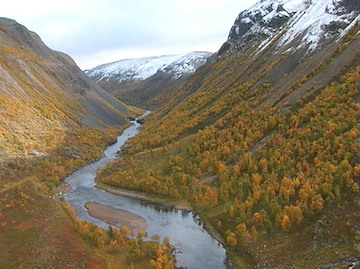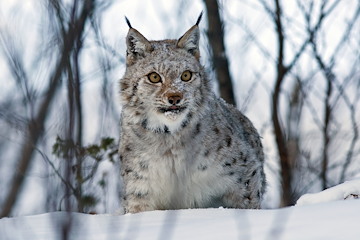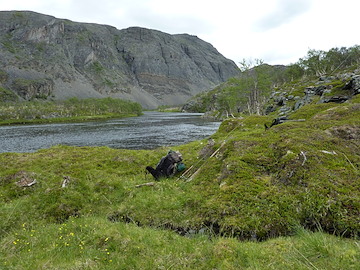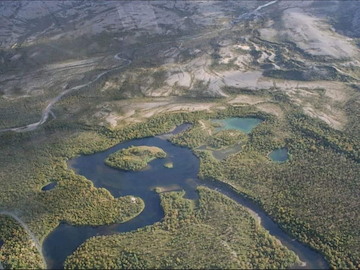Stabbursdalen National Park
![$apiData['content']['article']['title']](http://images.bookvisit.com/img/d9988875-0f2e-4d10-95d8-7dbbd8be096d.jpg)
In the heart of Stabbursdalen lies a fascinating history that goes back millions of years. The geology of the area bears witness to the incredible forces of nature and transformative processes that have shaped the landscape we see today.
About 490 million years ago, the continents of Laurentia and Baltika collided, which later became the North American and Eurasian continental plates. This formed a massive mountain range that extended through what is now Northern Norway. This mountain range, known as the Caledonian mountain range, was the result of intense geological forces folding and compressing the earth's crust.

After hundreds of millions of years of weathering and erosion through repeated ice ages, the massive mountains gradually began to wear down, forming deep valleys and fjords over time.

Today, the Caledonian mountains are a significant part of the natural and cultural landscape in many regions. They offer spectacular viewpoints, opportunities for outdoor activities, and unique ecosystems for a variety of plants and animals.

In this process, Stabbursdalen was formed, a deep and lush valley surrounded by majestic mountains. The most prominent feature of Stabbursdalen is the impressive rounded mountain formations that we call "Gaissa". These towers over the landscape are composed of a variety of different rocks, including granite, gneiss, and slate, all of which have been shaped through volcanic activity and metamorphosis over millions of years.

However, the most striking geological feature in Stabbursdalen is the beautiful Stabburselva river, which meanders through the valley. The river has created an impressive canyon landscape over time, with its winding curves and deep gorges. The clear and icy river is also known for its rich salmon and sea trout stocks, attracting fishing enthusiasts from all over the world.
Stabbursdalen is a living testament to nature's ability to shape and create beautiful landscapes over time. The geology of the area tells a story of immense forces, slow changes, and continuous transformation. Exploring this geological history is an experience that evokes wonder and respect for the power and beauty of nature.
